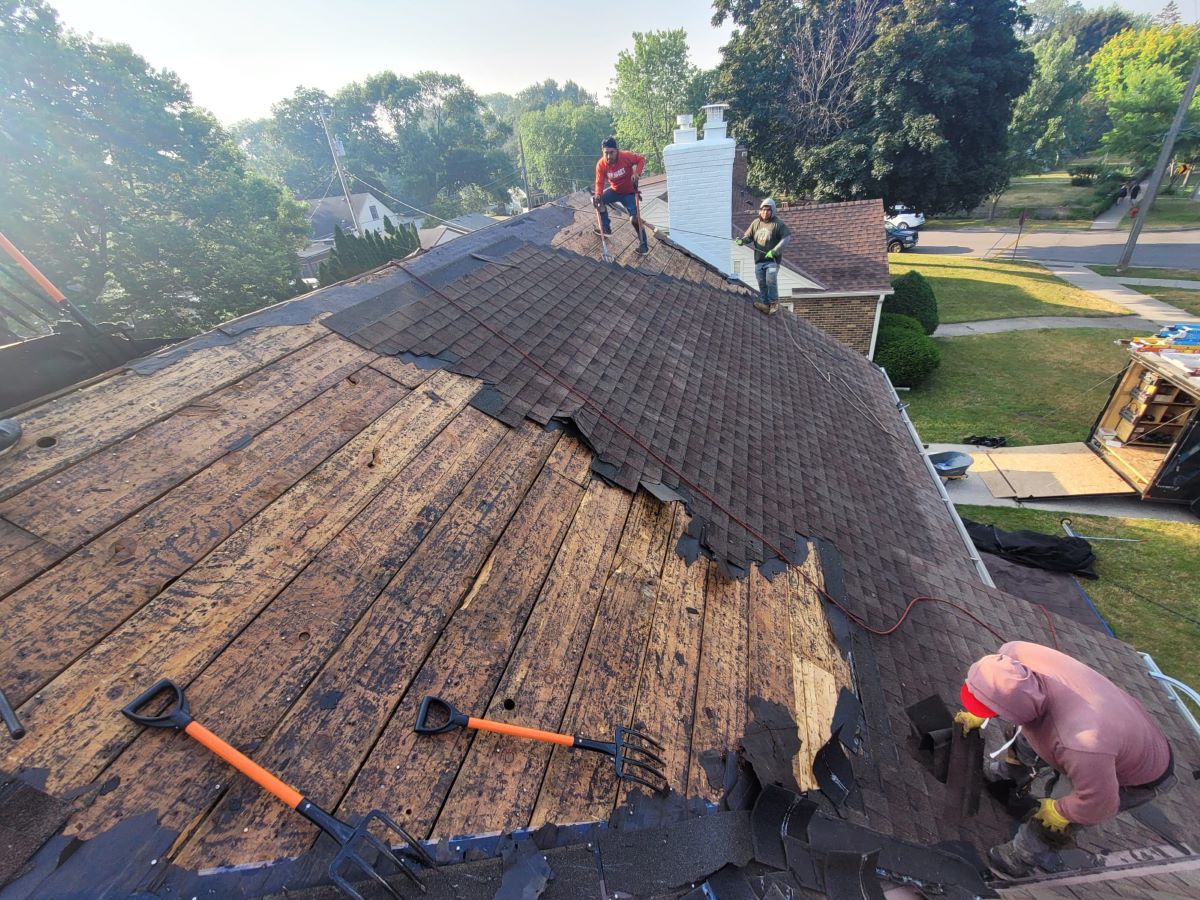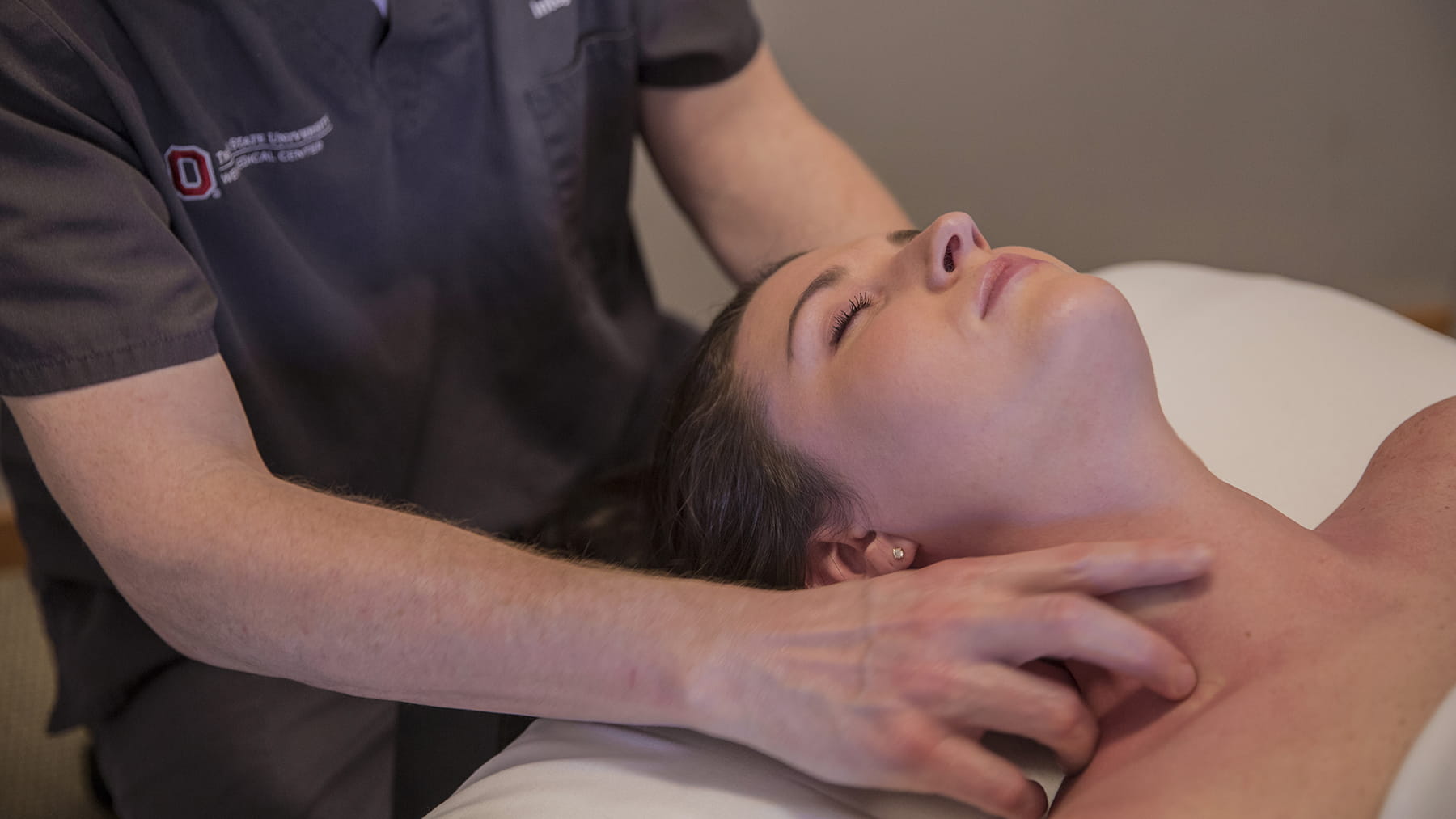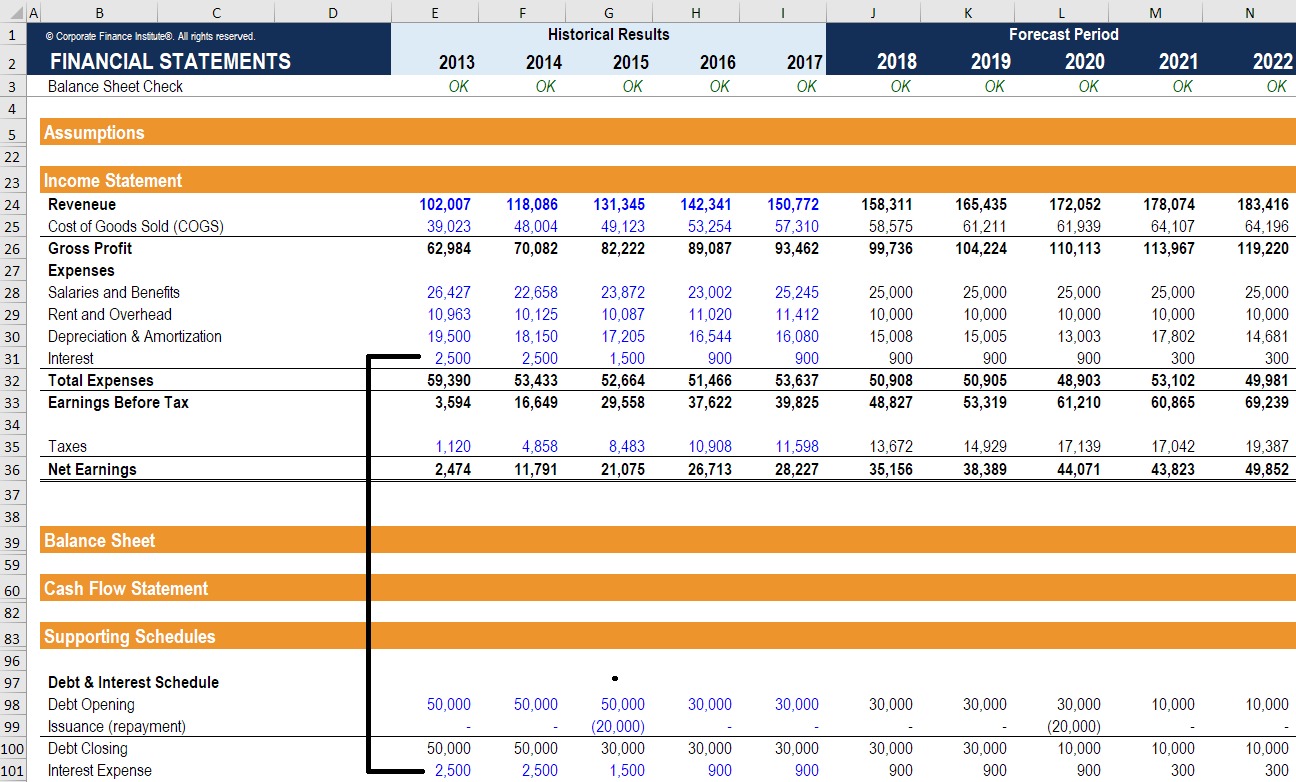

Finance
How To Get A Nebulizer Through Insurance
Published: November 12, 2023
Learn how to finance a nebulizer through insurance and get the relief you need for respiratory conditions.
(Many of the links in this article redirect to a specific reviewed product. Your purchase of these products through affiliate links helps to generate commission for LiveWell, at no extra cost. Learn more)
Table of Contents
- Introduction
- Understanding Nebulizers
- Does Insurance Cover Nebulizers?
- Steps to Get a Nebulizer Through Insurance
- Choosing the Right Nebulizer for Insurance Coverage
- Finding the Right Doctor or Supplier
- Gathering Required Documentation
- Filling Out Insurance Claim Forms
- Submitting the Insurance Claim
- Required Copayments and Deductibles
- Following up with Insurance and Supplier
- Conclusion
Introduction
Getting the necessary medical equipment and supplies can be a daunting and expensive task. However, with the right knowledge and understanding of insurance coverage, obtaining a nebulizer through your insurance can become a straightforward process. Nebulizers are commonly used by individuals with respiratory conditions such as asthma or chronic obstructive pulmonary disease (COPD) to deliver medication directly to the lungs. They are a vital tool in managing these conditions and improving quality of life.
In this article, we will explore the steps and requirements to get a nebulizer through insurance coverage. We will discuss the options available, the necessary documentation, and how to navigate the claims process effectively. By understanding these essential steps, you can navigate the insurance system smoothly and ensure that your nebulizer expenses are covered.
It is important to note that insurance coverage can vary based on your specific plan and provider. It is always recommended to review your individual policy and consult with your insurance provider or healthcare professional for personalized guidance. However, this article will provide a general overview of the process to help you get started.
Understanding Nebulizers
Before delving into the insurance coverage process, it is crucial to understand what a nebulizer is and how it works. A nebulizer is a medical device that converts liquid medication into a fine mist that can be inhaled directly into the lungs. This mist allows the medication to reach the respiratory system effectively, providing relief for various respiratory conditions.
Nebulizers consist of a compressor, a medication cup, and a mouthpiece or mask. The compressor creates a stream of air that breaks down the liquid medication into droplets, which are then inhaled by the patient through the mouthpiece or mask. The specific type of nebulizer you require may depend on your medical needs and personal preferences.
There are different types of nebulizers available, including tabletop nebulizers and portable nebulizers. Tabletop nebulizers are larger and work best at home, while portable nebulizers are smaller, lightweight, and designed for convenience and portability.
It is essential to work with your healthcare provider to determine the most suitable nebulizer for your medical condition. They will consider factors such as the type and severity of your respiratory condition, your lifestyle, and your ability to handle the device.
Understanding how a nebulizer works and its importance in managing respiratory conditions lays the foundation for exploring insurance coverage options. Insurance coverage can help alleviate the financial burden associated with obtaining a nebulizer and ensure that you have access to the necessary equipment for effective treatment.
Does Insurance Cover Nebulizers?
One of the first questions you may have when considering getting a nebulizer is whether insurance will cover the cost. The answer is that it depends on your specific insurance plan and coverage. Many insurance plans do provide coverage for nebulizers, but the extent of coverage and any associated requirements may vary.
Health insurance plans typically fall into two categories: private insurance and government-based insurance. Private insurance plans, such as those obtained through an employer or purchased individually, may have different coverage policies. Government-based insurance plans, such as Medicaid and Medicare, also have specific guidelines and coverage criteria.
When it comes to private insurance plans, coverage for nebulizers is often part of the durable medical equipment (DME) benefit. DME benefits generally cover items that are medically necessary and prescribed by a healthcare professional. Nebulizers typically fall under this category, especially for individuals with chronic respiratory conditions.
For government-based insurance plans like Medicaid and Medicare, coverage criteria may vary depending on the state and program. These plans often have specific guidelines and restrictions on the types of nebulizers covered and the frequency of coverage.
It is crucial to review your insurance policy or contact your insurance provider to understand your specific coverage for nebulizers. They can explain the details of your plan, including any copayments, deductibles, or limitations that may apply. Additionally, they can provide information on preferred suppliers and any required documentation for coverage.
Keep in mind that insurance coverage for nebulizers may require certain conditions to be met, such as a valid prescription or documented medical necessity. Understanding these requirements and having all the necessary documentation in place will help streamline the process and increase the chances of coverage.
In the next section, we will discuss the steps to follow to get a nebulizer through insurance coverage, including choosing the right nebulizer, finding the right doctor or supplier, gathering required documentation, and submitting the insurance claim.
Steps to Get a Nebulizer Through Insurance
Getting a nebulizer through insurance coverage involves several steps. By following these steps, you can navigate the process smoothly and ensure that your expenses are covered:
- Choose the Right Nebulizer for Insurance Coverage: Work with your healthcare provider to determine the most suitable nebulizer for your medical condition. Ensure that the nebulizer you choose is covered under your insurance plan.
- Find the Right Doctor or Supplier: Check with your insurance provider for a list of preferred doctors or suppliers who are in-network. Using an in-network provider will help ensure smoother insurance processing and minimize out-of-pocket costs.
- Gather Required Documentation: Contact your healthcare provider to obtain a valid prescription for the nebulizer. Additionally, check with your insurance provider for any other required documentation, such as medical records or prior authorization forms.
- Fill Out Insurance Claim Forms: Obtain the necessary insurance claim forms from your insurance provider. Fill out the forms accurately, providing all the required information. Double-check for any additional documentation or signatures needed.
- Submit the Insurance Claim: Submit the completed claim forms, along with any supporting documentation, to your insurance provider. Ensure that you keep copies of all submitted paperwork for your records.
- Pay Required Copayments and Deductibles: Be aware of any copayments or deductibles that may be required for your insurance coverage. These are the out-of-pocket expenses you need to pay before the insurance coverage kicks in.
- Follow Up with Insurance and Supplier: Stay proactive and follow up with your insurance provider to ensure the progress of your claim. Additionally, stay in touch with your doctor or supplier to verify that the nebulizer has been approved and is being processed for delivery.
By following these steps and staying organized throughout the process, you can increase the likelihood of getting your nebulizer covered by insurance. Remember to keep copies of all relevant documentation and communication for reference and future reference.
In the next section, we will discuss choosing the right nebulizer for insurance coverage in more detail.
Choosing the Right Nebulizer for Insurance Coverage
When seeking insurance coverage for a nebulizer, it is important to choose the right device that meets both your medical needs and insurance criteria. Here are some key factors to consider when selecting a nebulizer:
- Prescription Requirement: Ensure that the nebulizer you choose requires a prescription. Most insurance companies require a valid prescription from a healthcare provider to cover the cost of the nebulizer.
- Covered Brands and Models: Review your insurance policy or contact your provider to find out which nebulizer brands and models are covered under your plan. Some insurance plans may have a list of approved nebulizers or specific models that qualify for coverage.
- In-Network Providers: Check if your insurance plan has a network of preferred suppliers or providers. In-network providers are more likely to have agreements with your insurance company, making the claims and reimbursement process smoother.
- Durability and Portability: Consider your lifestyle and specific medical needs when choosing a nebulizer. If you require frequent use of the device or need the flexibility to carry it with you, a portable nebulizer may be more suitable.
- Features and Accessories: Explore the features and accessories offered with different nebulizer models. Some devices may offer additional functionalities, such as adjustable airflow or various mask sizes, which can enhance your comfort and treatment experience.
- Insurance Certification: Some nebulizer brands or models may have specific certifications or accreditations that make them more likely to receive insurance coverage. Check if the nebulizer you’re considering meets any industry standards that your insurance company may require.
It is important to consult with your healthcare provider to determine the most suitable nebulizer for your specific medical condition. They can guide you in selecting a device that meets your treatment needs while complying with insurance coverage requirements.
Once you have chosen the right nebulizer, the next step is to find the right doctor or supplier who can assist you with the insurance claim process. In the next section, we will discuss the importance of finding the right doctor or supplier and how they can help you navigate the insurance coverage process.
Finding the Right Doctor or Supplier
When it comes to getting a nebulizer through insurance coverage, finding the right doctor or supplier is crucial. They can play a significant role in helping you navigate the insurance process smoothly and ensuring that you receive the necessary equipment. Here are some important steps to follow:
- Contact Your Insurance Provider: Start by reaching out to your insurance provider for a list of preferred doctors or suppliers who are in-network. Using an in-network provider can help streamline the insurance processing and minimize any out-of-pocket expenses.
- Consult with Your Healthcare Provider: Discuss your nebulizer needs with your healthcare provider or specialist. They can provide recommendations for reputable doctors or suppliers who have expertise in providing nebulizers for your specific respiratory condition.
- Research Online: Use online directories or review platforms to research doctors or suppliers in your area. Look for professional certifications, positive reviews from other patients, and a track record of providing quality care and service.
- Check Accreditation: Verify if the doctor or supplier you are considering is accredited or certified by relevant organizations. Accreditation ensures adherence to certain standards, which can be reassuring when it comes to medical equipment and services.
- Consider Convenience and Accessibility: Take into account factors such as the location of the doctor’s office or supplier’s store. Opting for a nearby and easily accessible provider can make it more convenient for follow-up visits, assistance, or equipment replacements.
- Ask for Insurance Assistance: When contacting doctors or suppliers, inquire about their experience in dealing with insurance coverage for nebulizers. A knowledgeable provider will be better equipped to guide you through the necessary documentation, claim process, and potential reimbursement issues.
Remember, finding the right doctor or supplier is essential not only for insurance purposes but also for ongoing support with your respiratory condition. Establishing a good relationship with a reliable healthcare provider can ensure that you receive proper guidance, education, and follow-up care related to your nebulizer and overall respiratory health.
In the next section, we will discuss the documentation requirements for obtaining a nebulizer through insurance coverage.
Gathering Required Documentation
When seeking insurance coverage for a nebulizer, gathering the necessary documentation is a vital step in the process. The specific documents required may vary depending on your insurance provider and plan, but here are some common items you may need:
- Prescription: Obtain a valid prescription for the nebulizer from your healthcare provider. Make sure that the prescription includes all the necessary details, such as the specific type of nebulizer, medication to be used, and frequency of use.
- Medical Records: In some cases, your insurance provider may require supporting medical records that demonstrate the medical necessity of the nebulizer. This could include documentation of your respiratory condition, previous treatments, and any ongoing respiratory management plans.
- Prior Authorization: Depending on your insurance policy, you may need to obtain prior authorization for the nebulizer. This requires submitting a request to your insurance provider, providing relevant medical information and justifications for the need of the device.
- Insurance ID Card: Keep your insurance identification card readily available. It contains important information, including your policy number, group number, and contact information, which may be required when submitting the insurance claim.
- Claim Forms: Obtain the necessary claim forms from your insurance provider. These forms will require you to provide information about the nebulizer, prescription details, and other relevant information. Fill out the forms accurately and completely.
- Supplier Information: You may be asked to provide the contact information and details of the doctor or supplier who prescribed or provided the nebulizer. Ensure you have their name, address, phone number, and any additional information required by your insurance provider.
It is important to check with your insurance provider beforehand to understand the specific documentation requirements for nebulizer coverage. This will ensure that you are prepared and have all the necessary paperwork in order to submit a complete and accurate claim.
Once you have gathered all the required documentation, the next step is to fill out the insurance claim forms. In the next section, we will discuss the process of filling out the insurance claim forms and submitting them for reimbursement.
Filling Out Insurance Claim Forms
Filling out the insurance claim forms accurately and completely is a crucial step in obtaining insurance coverage for your nebulizer. The claim forms serve as a formal request for reimbursement or coverage from your insurance provider. Here are some important tips to keep in mind when filling out the insurance claim forms:
- Read the Instructions: Carefully read through the instructions provided with the claim forms. Make sure you understand how to fill out each section and what information is required.
- Provide Accurate Information: Fill in all the requested information accurately. This includes personal information, insurance policy details, and any information related to the nebulizer prescription or supplier.
- Include Prescription Details: Clearly document the details of the nebulizer prescription, including the medication to be used, the frequency of use, and any specific instructions provided by your healthcare provider.
- Attach Supporting Documentation: If required, include copies of supporting documentation such as the prescription, medical records, or prior authorization forms. Ensure that all attachments are clear and legible.
- Double-Check for Completeness: Before submitting the claim forms, review them to ensure that all required fields are filled out and all necessary documentation is attached. Missing or incomplete information may delay the processing of your claim.
- Keep Copies: Make copies of all the completed claim forms and supporting documents for your records. This will be helpful in case of any questions, discrepancies, or appeals that may arise during the claims process.
It is also important to note any specific instructions or requirements from your insurance provider. This may include preferred methods of submission, any specific claim codes or reference numbers, or additional forms that need to be included.
If you need assistance in filling out the insurance claim forms, don’t hesitate to reach out to your healthcare provider or the customer service department of your insurance company. They can provide guidance and clarify any questions you may have.
Once you have completed the claim forms, it’s time to submit them for processing. In the next section, we will discuss how to submit the insurance claim and what to expect afterward.
Submitting the Insurance Claim
Submitting the insurance claim is the final step in the process of obtaining insurance coverage for your nebulizer. Once you have filled out the claim forms and gathered all the required documentation, follow these steps to submit the claim:
- Contact Your Insurance Provider: Reach out to your insurance provider to confirm the preferred method of claim submission. They can provide you with specific instructions on where to submit the claim forms and any accompanying documents.
- Submit Electronically or by Mail: Depending on your insurance provider’s preference, you may need to submit the claim forms electronically through their online portal or mail them to the designated address. Follow the provided instructions carefully.
- Keep Copies: Make copies of all the claim forms, supporting documents, and any confirmation of submission for your records. This documentation can be useful in case of any issues or disputes with the claim down the line.
- Follow-Up: After submitting the claim, it is important to follow up with your insurance provider. Keep track of the date of submission and check in with the provider to ensure that the claim is being processed and to address any potential issues or delays.
It is crucial to note that the processing time for insurance claims can vary. Some claims may be processed quickly, while others may take longer depending on factors such as the complexity of the claim, verification of documentation, and the workload of the insurance provider.
During the processing period, it is advisable to keep communication open with your healthcare provider and supplier. They can assist you in monitoring the progress of the claim and help address any requests for additional information from the insurance provider.
Once the claim is processed, you will receive a notification from your insurance provider detailing the coverage, reimbursement, or any other actions taken. Review this information carefully to ensure that it matches your expectations and contact your insurance provider if you have any questions or concerns.
By following these steps and staying proactive in the claim submission process, you can maximize your chances of obtaining insurance coverage for your nebulizer and receive the necessary equipment for managing your respiratory condition.
In the next section, we will discuss the copayments and deductibles associated with nebulizer insurance coverage.
Required Copayments and Deductibles
When obtaining a nebulizer through insurance coverage, it is important to understand the concept of copayments and deductibles. These are the out-of-pocket expenses that you may be responsible for, even with insurance coverage. Here’s what you need to know:
- Copayments: A copayment is a fixed amount that you contribute towards the cost of a covered service or medication. The specific copayment for nebulizers will vary depending on your insurance plan. It is typically a set dollar amount that you pay each time you receive a nebulizer or refill your medication. Your insurance plan may have different copayment amounts for different nebulizer models or medication types.
- Deductibles: A deductible is the amount you are required to pay out-of-pocket for covered services or medications before your insurance coverage kicks in. The deductible amount will depend on your insurance policy. For example, if you have a deductible of $500, you will need to pay $500 towards your nebulizer expenses before your insurance starts covering the remaining costs. Deductibles usually reset annually.
- Coverage Percentage: Once you have met your deductible, your insurance will typically cover a certain percentage of the allowed amount for nebulizer equipment and medications. This is often referred to as the coinsurance percentage. For example, if your insurance plan has a coinsurance of 80%, your insurance will cover 80% of the allowed cost for nebulizer supplies, and you will be responsible for the remaining 20%.
It is essential to review your insurance policy and understand the specific copayment and deductible amounts applicable to nebulizer coverage. This will help you budget for the out-of-pocket expenses and avoid any surprises.
Keep in mind that copayments and deductibles for nebulizers may apply differently depending on your insurance plan. Some plans may require higher copayments or deductibles if you choose a nebulizer that is not on their preferred list of covered devices. Additionally, some plans may have specific rules for coverage, such as a maximum number of nebulizer refills per year or restrictions on certain medication types.
If you have difficulty affording the copayments or deductibles, consider discussing your situation with your healthcare provider or contacting your insurance provider’s customer service department. They may be able to provide assistance or suggest alternative options to help manage the costs.
By understanding and planning for the copayments and deductibles associated with nebulizer insurance coverage, you can ensure that you are financially prepared and make the most of your insurance benefits.
In the next section, we will discuss the importance of following up with your insurance provider and supplier after submitting the claim.
Following up with Insurance and Supplier
After submitting the insurance claim for your nebulizer, it is important to stay proactive and follow up with both your insurance provider and the supplier of the nebulizer. This will help ensure that the claim is being processed and that you receive the necessary equipment in a timely manner. Here are some important steps to follow:
- Contact Your Insurance Provider: Reach out to your insurance provider to inquire about the status of your claim. Ask if they have received your claim forms and supporting documentation, and confirm that they are processing it. Take note of any reference numbers or case identifiers provided for future reference.
- Address Any Requests for Information: If your insurance provider requests additional documentation or information, promptly provide the required information. This may include documentation from your healthcare provider or clarification on the medical necessity of the nebulizer. Respond to these requests as soon as possible to avoid any delays in processing.
- Verify Approval and Coverage: Once your claim is processed, review the communication from your insurance provider to verify the approval and coverage details. Ensure that the nebulizer model and any associated supplies are covered, and note any copayments or deductibles that you are responsible for.
- Check with the Supplier: Contact the supplier of the nebulizer to inquire about the status of the order. Confirm that they have received the approval from your insurance provider and that the nebulizer is being processed for delivery. If there are any issues or delays, follow up with the supplier to address them promptly.
- Monitor Delivery and Receipt: Once the nebulizer is approved and being shipped, keep track of its delivery and ensure that you receive it within the expected timeframe. If there are any delays or issues with the delivery, reach out to the supplier and your insurance provider for resolution.
By staying in regular communication with both your insurance provider and the supplier, you can address any potential issues or delays more effectively. These follow-up steps help ensure that your claim is processed smoothly and that you receive your nebulizer without unnecessary delays.
If you encounter any difficulties or have questions during the follow-up process, don’t hesitate to reach out to your healthcare provider or the customer service department of your insurance provider. They can provide guidance and assist you in resolving any issues related to the insurance coverage.
After receiving your nebulizer, it is important to continue adhering to your treatment plan and regularly follow up with your healthcare provider for ongoing respiratory care. Regular check-ups and maintenance of the nebulizer are essential for managing your respiratory condition effectively.
To conclude, following up with your insurance provider and supplier is crucial in ensuring a smooth and successful process for obtaining your nebulizer through insurance coverage. By staying proactive and staying informed, you can navigate the process with confidence and receive the necessary equipment to manage your respiratory condition.
Conclusion
Getting a nebulizer through insurance coverage can significantly alleviate the financial burden associated with managing respiratory conditions such as asthma or COPD. By understanding the process and requirements, you can navigate the insurance system more effectively and ensure that you receive the necessary nebulizer with minimal out-of-pocket expenses.
Throughout this article, we have discussed the steps involved in obtaining a nebulizer through insurance coverage. From understanding nebulizers and insurance coverage to choosing the right device, finding the right doctor or supplier, and gathering the necessary documentation, each step plays a crucial role in the process. Filling out the insurance claim forms accurately and following up with your insurance provider and supplier are also important tasks to ensure a smooth and successful outcome.
Remember to review your insurance policy carefully to understand your specific coverage, copayments, and deductibles. Consult with your healthcare provider and insurance provider for personalized guidance tailored to your needs. They can provide further information on approved nebulizer brands, preferred suppliers, and any additional requirements for coverage.
By following these steps and staying proactive, you can increase the likelihood of receiving insurance coverage for your nebulizer and manage your respiratory condition more effectively. Regularly communicate with your healthcare provider, keep track of your documentation, and remain engaged with your insurance provider and supplier throughout the process.
Finally, always consult with your healthcare provider if you have any questions or concerns about your nebulizer or respiratory health. They will provide you with the necessary guidance to use the nebulizer effectively and monitor your condition closely.
Obtaining a nebulizer through insurance coverage is an important step towards managing your respiratory condition and improving your overall quality of life. With the right knowledge and preparation, you can navigate the insurance system successfully and receive the nebulizer you need for optimal respiratory care.














